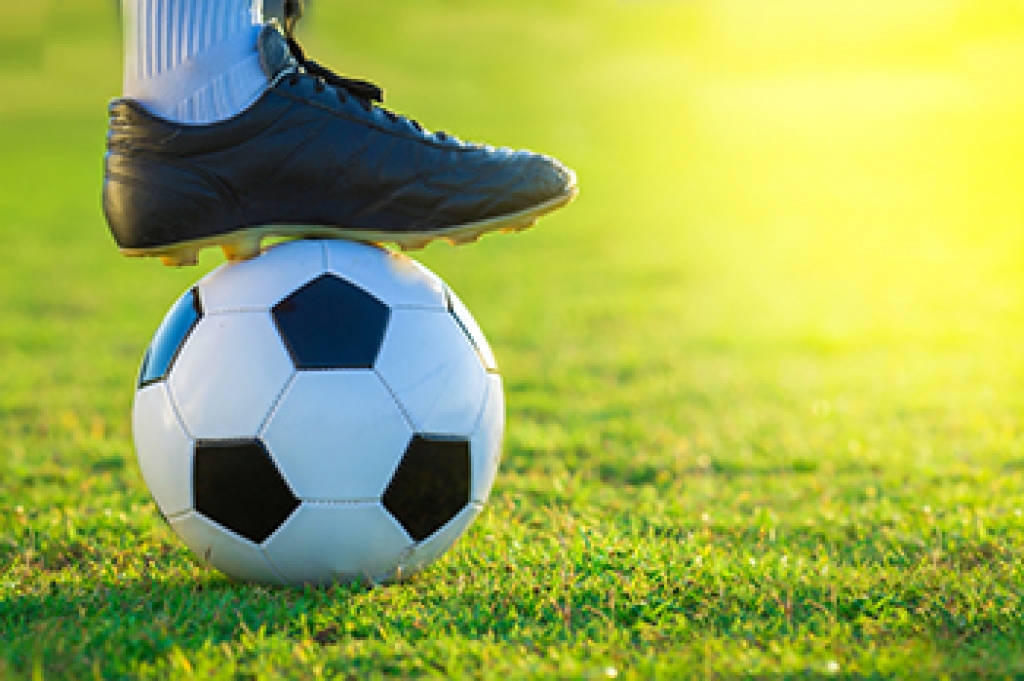
Nerve pain in the feet often develops when the nerves that carry signals from the spine to the toes become damaged or compressed. This pain can feel like burning, tingling, numbness, or electric-like shocks. Problems in the lower back, such as a herniated disc or spinal stenosis, can irritate nerves that extend into the feet. Peripheral neuropathy, which occurs when nerves in the legs or feet themselves are injured, can also lead to discomfort, weakness, and loss of sensation. Diabetes, traumatic injuries, and prolonged pressure on the feet can all contribute to nerve damage. Footwear that lacks adequate support, repetitive strain, or prolonged standing can worsen symptoms by increasing nerve compression. A podiatrist can perform diagnostic tests to locate the source of the pain and provide treatment that helps protect nerve health and restore comfort. If you have symptoms of nerve pain in the feet, it is suggested that you schedule an appointment with a podiatrist for a diagnosis and appropriate treatment options.
Neuropathy
Neuropathy can be a potentially serious condition, especially if it is left undiagnosed. If you have any concerns that you may be experiencing nerve loss in your feet, consult with Jeffrey Parrett, DPM from Parrett Podiatry. Our doctor will assess your condition and provide you with quality foot and ankle treatment for neuropathy.
What Is Neuropathy?
Neuropathy is a condition that leads to damage to the nerves in the body. Peripheral neuropathy, or neuropathy that affects your peripheral nervous system, usually occurs in the feet. Neuropathy can be triggered by a number of different causes. Such causes include diabetes, infections, cancers, disorders, and toxic substances.
Symptoms of Neuropathy Include:
- Numbness
- Sensation loss
- Prickling and tingling sensations
- Throbbing, freezing, burning pains
- Muscle weakness
Those with diabetes are at serious risk due to being unable to feel an ulcer on their feet. Diabetics usually also suffer from poor blood circulation. This can lead to the wound not healing, infections occurring, and the limb may have to be amputated.
Treatment
To treat neuropathy in the foot, podiatrists will first diagnose the cause of the neuropathy. Figuring out the underlying cause of the neuropathy will allow the podiatrist to prescribe the best treatment, whether it be caused by diabetes, toxic substance exposure, infection, etc. If the nerve has not died, then it’s possible that sensation may be able to return to the foot.
Pain medication may be issued for pain. Electrical nerve stimulation can be used to stimulate nerves. If the neuropathy is caused from pressure on the nerves, then surgery may be necessary.
If you have any questions, please feel free to contact our office located in Waxahachie, TX . We offer the newest diagnostic and treatment technologies for all your foot care needs.




